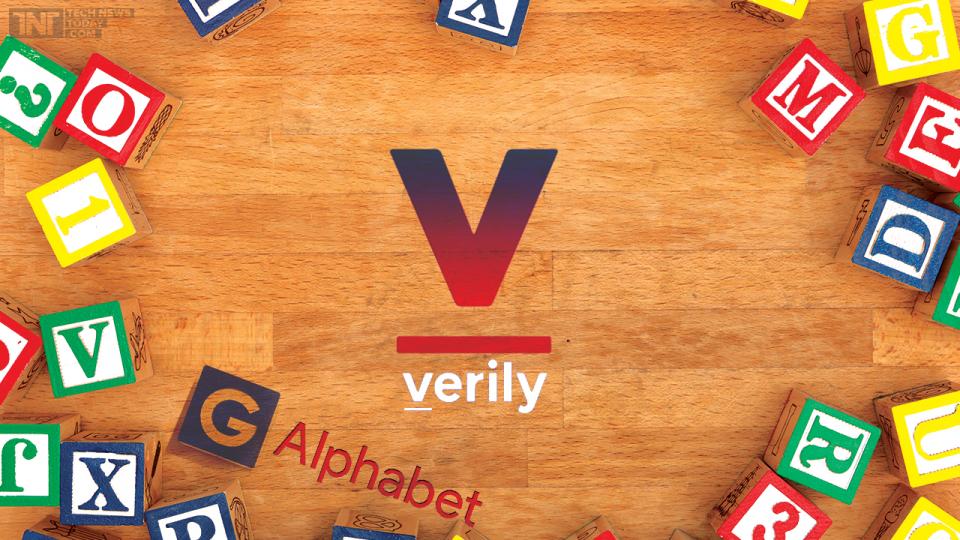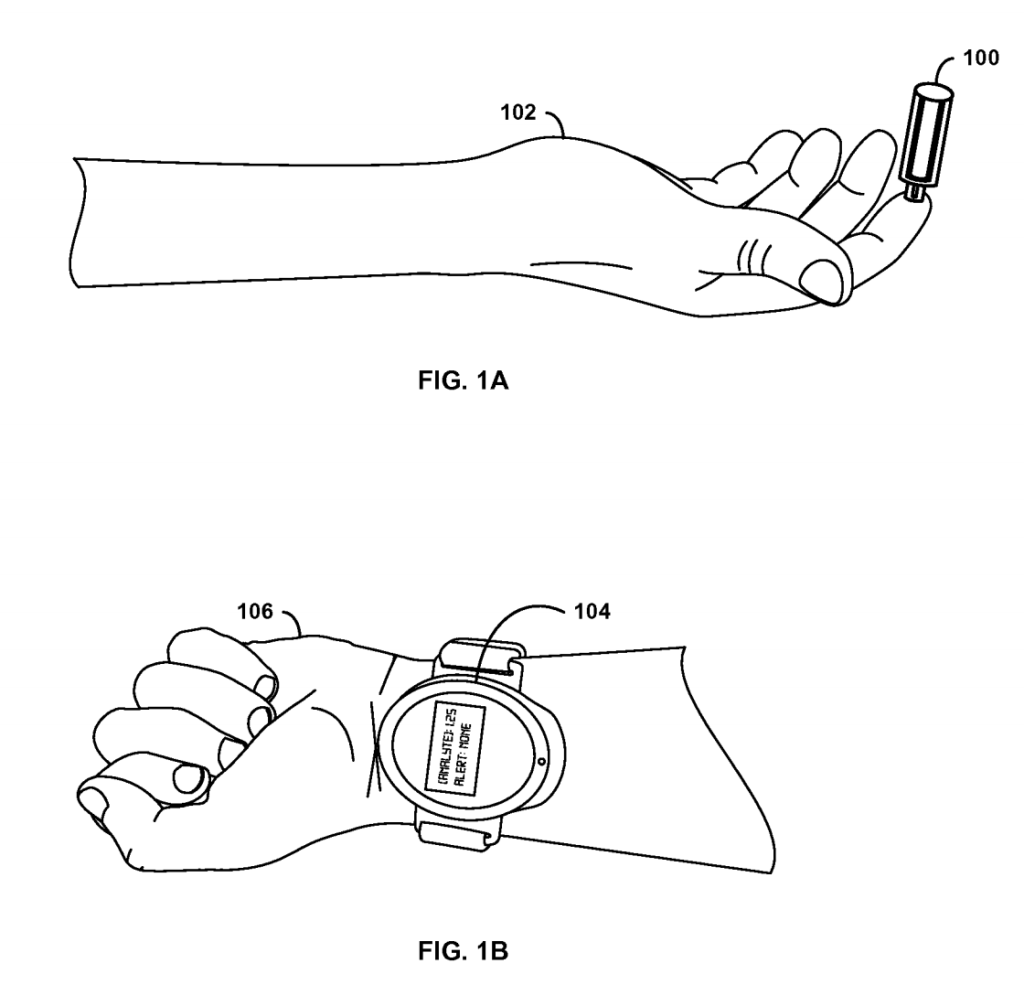Googles new venture “Verily” has a big vision for healthcare and solving the mysteries of the world. They are taking this on in a whole new light with a whole new prescription. Imagine a chemist and an engineer and a doctor and a behavioral scientist, all working together to truly understand health and to better prevent, detect, and manage disease. Picture a world in which technology and life sciences are not distinct, but partners with a united mission.
 That’s the world Google wants to create. Their multidisciplinary teams have access to advanced research tools, large scale computing power, and unique technical expertise. They are gaining partners from across the industry and many fields of research to develop new technology, launch studies, and start companies.
That’s the world Google wants to create. Their multidisciplinary teams have access to advanced research tools, large scale computing power, and unique technical expertise. They are gaining partners from across the industry and many fields of research to develop new technology, launch studies, and start companies.
Verily’s mission “is to bring together technology and life sciences to uncover new truths about health and disease.”
Developing new ways to treat and manage diabetes.
But in a sign that the company is serious about making real progress, it’s not diving into diabetes research alone. It is working with French pharmaceutical giant Sanofi, one of the largest pharmaceutical companies.
 Google wanted to do more than dabble in biomedical research were growing even before Google co-founder Sergey Brin said its life sciences operation would be spun out as an independent company under Google’s reorganization into Alphabet. Google has in recent months hired prominent scientists, including immunologists, neurologist and even nanoparticle engineers to feed its life sciences ambitions.
Google wanted to do more than dabble in biomedical research were growing even before Google co-founder Sergey Brin said its life sciences operation would be spun out as an independent company under Google’s reorganization into Alphabet. Google has in recent months hired prominent scientists, including immunologists, neurologist and even nanoparticle engineers to feed its life sciences ambitions.
Diabetes is a logical starting point. The life sciences unit already has developed a contact lens for measuring blood glucose levels, and it recently signed a deal with medical equipment company Dexcom to develop a cheap and convenient continuous glucose monitoring device.
Google says this focus on diabetes marks a move away from a “tech centric” approach to a “disease centric” approach.
“New technologies could make it simple for a physician to understand when a patient’s blood sugar is tracking high for days in a row,” Google says, “or could offer new ways for a patient to get real-time information and specific guidance about diet or insulin dosage.”
Google Inc.’s life sciences group has created a health-tracking wristband
This is a rugged device that could be used in clinical trials and drug tests, giving researchers or physicians minute-by-minute data on how patients are faring.
The experimental device, can measure pulse, heart rhythm and skin temperature, and also environmental information like light exposure and noise levels. It won’t be marketed as a consumer device, said Andy Conrad, head of the life sciences team at Google.
“Our intended use is for this to become a medical device that’s prescribed to patients or used for clinical trials,” Conrad said in a telephone interview.
Google offers health-monitoring smartwatch features in its Android Wear software platform for consumers, through partners such as Moto, LG Electronics Inc., Samsung and others, but most existing consumer devices aren’t rigorous enough for research, said Conrad. This is not meant to be a consumer product but a technological advance in patient researching.
Medication reminders that know when you’re eating and 4 other Google digital health patents
Google has filed a patent for a smartwatch-type device that could detect when an individual is eating and issue a reminder for patients to take their medication, MobiHealthNews reported.

Google patent for a needle-free blood drawing device. It could be in the form of a wrist wearable or a handheld device.
The medication reminder patent is the latest filed by Verily. The device has “one or more sensors,” and it figures out when a person is eating, partly using “pre-defined activity data that are indicative of an act of a human consuming an ingestible substance.” Activity data could include the speed and length of a person’s motions and the rotations involved. For example, the actions involved in scooping up soup with a spoon could be familiar to the device, and could be enough to trigger a notification.
Commitment
Verily’s business is fairly simplistic: It develops medical devices (like its smart contact lens) and advanced software, then licenses these to pharmaceutical and medical companies which will likely sell them. But Verily is also going deeper into the medical field. It’s conducting several clinical studies and experimenting with genetic sequencing and drug discovery.
 As of July 2014, members of the research team include Andrew Conrad, founder of LabCorp‘s National Genetics Institute; Vik Bajaj, an expert in nuclear magnetic resonance; Marija Pavlovic, who studies the effect of radiation on DNA; Alberto Vitari, a cancer biologist; Brian Otis, who worked on Google Venture’s glucose-sensing contact lens; and Mark DePristo, who worked on the GATK at the Broad Institute. Dr. Thomas R. Insel announced on Sept. 15, 2015, that he was resigning as the director of the National Institute of Mental Health (NIMH) to join this division.
As of July 2014, members of the research team include Andrew Conrad, founder of LabCorp‘s National Genetics Institute; Vik Bajaj, an expert in nuclear magnetic resonance; Marija Pavlovic, who studies the effect of radiation on DNA; Alberto Vitari, a cancer biologist; Brian Otis, who worked on Google Venture’s glucose-sensing contact lens; and Mark DePristo, who worked on the GATK at the Broad Institute. Dr. Thomas R. Insel announced on Sept. 15, 2015, that he was resigning as the director of the National Institute of Mental Health (NIMH) to join this division.
It is exciting to get a new perspective on healthcare research and disease management.